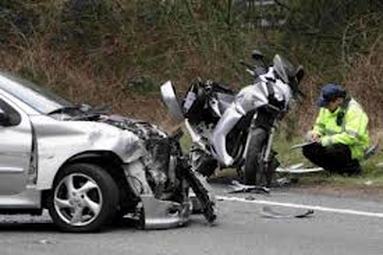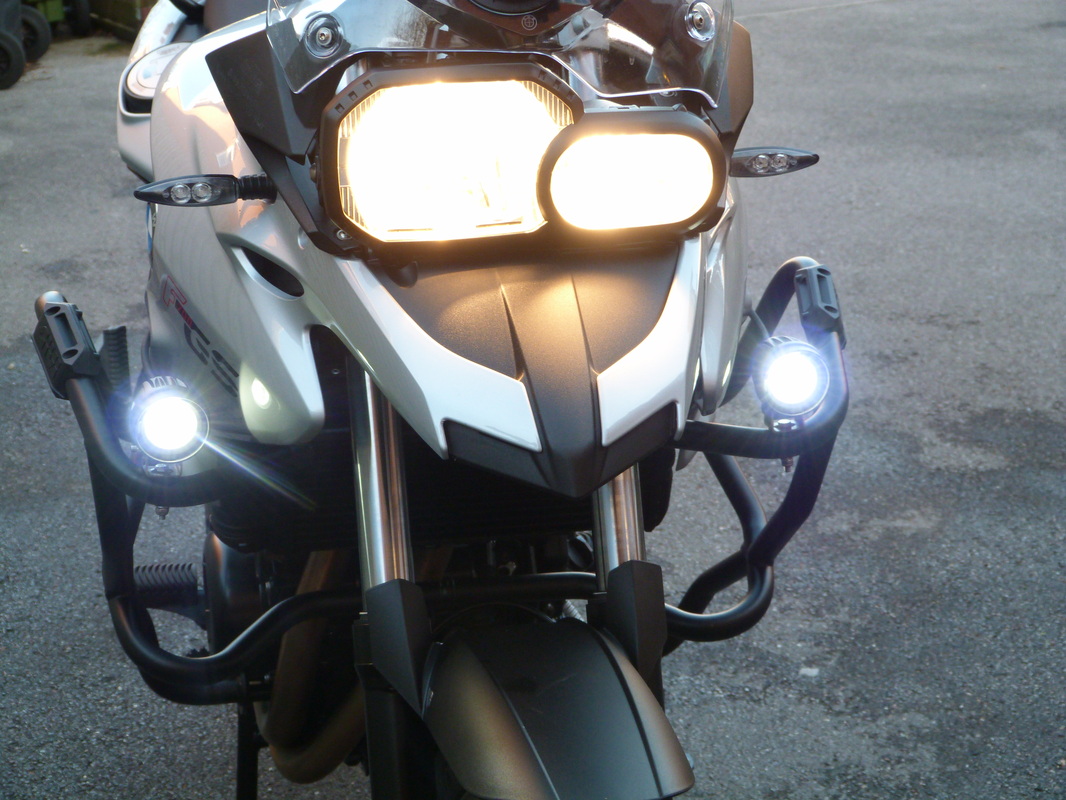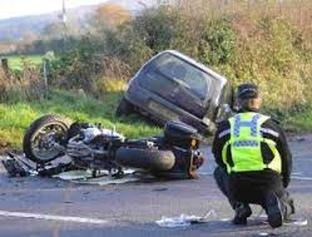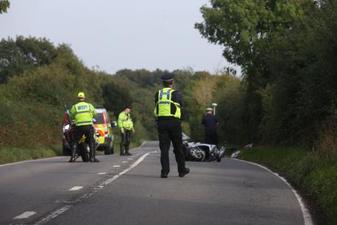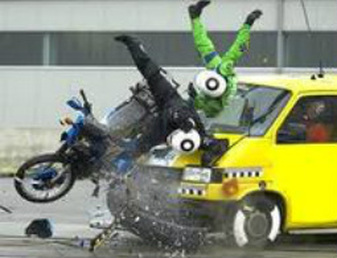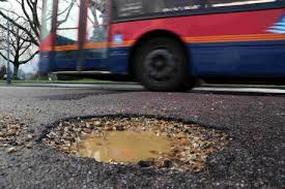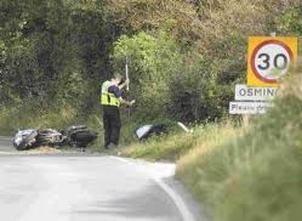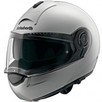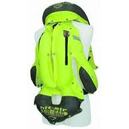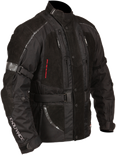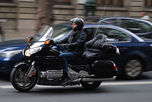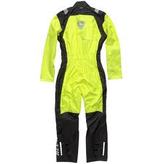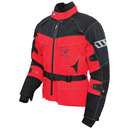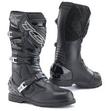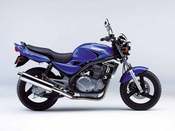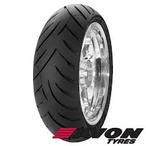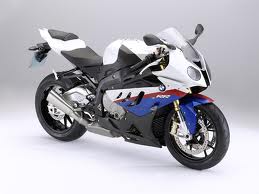- Bigbikemad Home
- Bike Reviews
- Product Reviews
- Clothing Reviews
- Videos
- Tech.Topics
- Memories
- Sounds!
- Contact Us
- Three Bikes in Three Summers: Touring in Ireland
- Kawasaki ZZR1400 ZX14 Project Page
- Scottolier V System Install on Kawasaki ZZR1400
- LED Running Lights ZZR1400
- Motorcycle Airbags
- News Offers, Discounts, and Stuff
- Legal Eagle
- Oxford Digi-Gauge Tyre Pressure Gauge
- So You've Had An Accident ...
- FJ 1200 Review
- Write It Down!
- Rukka Argonaut Trousers
- Untitled
- TCX X Desert GTX Boots
- Urban Cowboy? We take a look-see at BMW's F700GS
- Untitled
- Motorcycle Heaven; Ireland on a ZZR1400 - 2014 Tour Report
- Harley Davidson Fat Bob - Review
- Harley Davidson V-Rod - Project Page
- Triumph Rocket III - Project Page
- Ta-Ta Tax Disc
How we crash: the four most common crash types and how to avoid them
|
This is the fifth Legal Eagle article by our guest writer Tony Carter. Tony is a former police instructor, RoSPA examiner and a trained accident investigator. Still riding every day, he works for the well-known legal firm of McMillan Williams, whose highly qualified team specialises in motorcycling and the law, from insurance claims to motoring offences.
There are many factors that can cause a rider to crash. Here Tony focuses on four of the most common types of motorcycle tumble. He discusses these, explains why they happen and suggests how we might avoid them. There’s not room here to cover every eventuality but Tony’s experience is a good introduction to the subject. |
No. 1 The SMIDSY – A Junction Crash
Probably the best-known type of crash is the SMIDSY (Sorry Mate, I Didn’t See You). This is where a vehicle fails to give way and collides with the bike. Typically these involve a car and a T-Junction; the car pulls out into the rider’s path and a collision occurs.
So why are these so common? The SMIDSY acronym suggests its about seeing – or not seeing, but it may be more complicated than that. While some crashes are caused by obstructions (including the thick windscreen pillar design of many modern cars) reducing visibility, research suggests that not seeing the approaching bike is not the actual problem. That’s because sight (spotting an object) is not the same thing as perception (recognising it for what it is and understanding what it is doing). It’s the failure of perception that causes a pull-out. For example, the brain may have been programmed by experience to look mainly for cars. Thus, the mental green light may be given whenever a car is absent – even if a bike is present. It’s also thought to be about the level of threat perceived by the driver. Our caveman origins mean we are programmed to deal with the biggest threat first and to disregard others. That a bike can register as a low-status threat may be in part connected within its small size. Size (and in particular narrow width) also seem to make motorcycle speeds harder to judge, meaning that, even when seen and recognized, car drivers may misjudge the bike’s time of arrival. What You Can Do
Although these accidents are generally the fault of the driver that pulls out, rider action can still prevent a collision.
No. 2 The Overtaker
Statistically, overtaking is the most dangerous maneuver on the road. It’s not hard to see why. Speeds rise and vehicles come closer to each other. Usually at some point the overtaking vehicle will be on the same side of the road as oncoming traffic.
Reasons why overtakes go wrong include; Rider error misjudging power or distance – often happens with a new bike – more common with novices or when tired Overtaking on the approach to a hazard – Blind brow, junction or lay-by – vehicles appear unexpectedly Driver behaviour Aggression or speed / direction changes by vehicle overtaken Follow the leader Pack mentality that can develops on group rides
What You Can Do
Continued at Top> Tony Carter is employed by MW Solicitors and Bigbikemad.com accepts no liability for accuracy, error or omissions in this article. |
|
